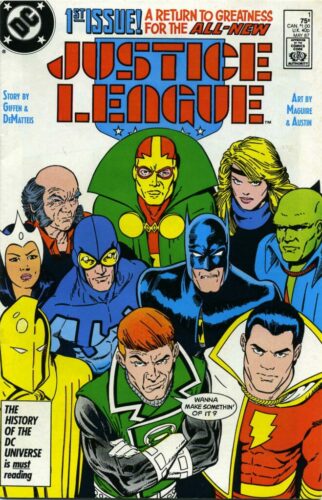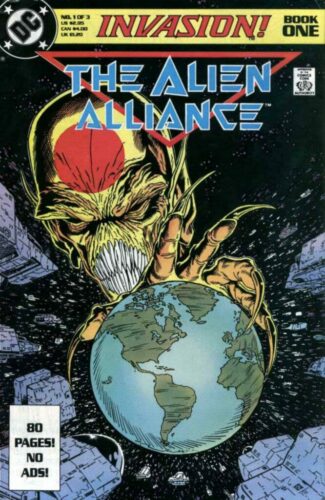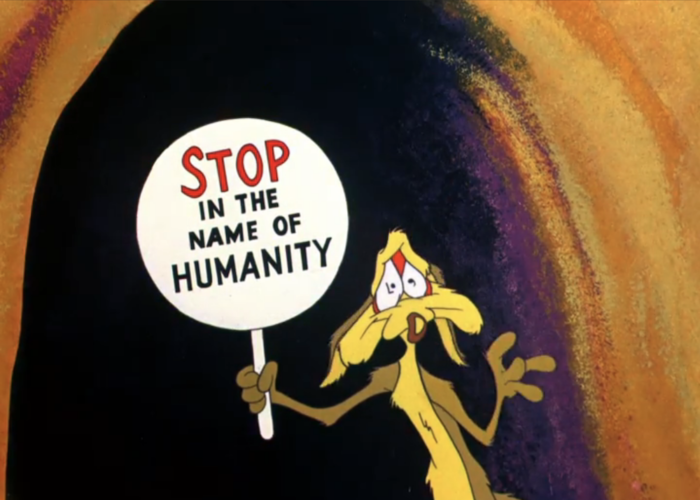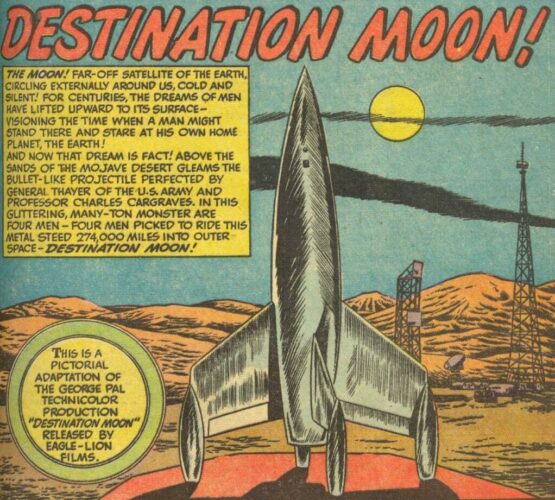The More Material Comes In The More Confusing It Gets (Book Three Part 5: Secret Origins, Morrison’s Politics)
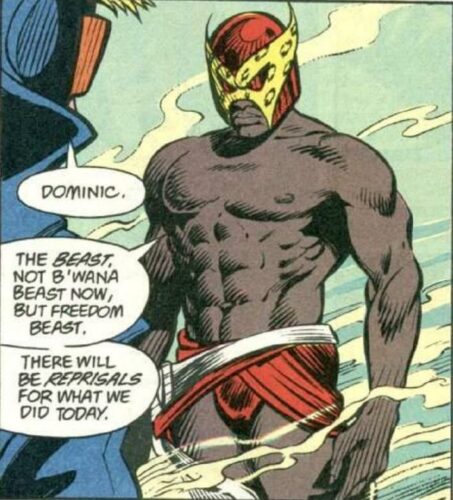
Previously in The Last War in Albion: After a series of inventive one-shot stories, Morrison prepared for their larger plotline, aided by a promotional push when their was given a spot in the Secret Origins anthology series for Animal Man.
Return to the files. It’s been three days now, and the more material comes in the more confusing it gets. —Neil Gaiman, “Pavane”
It’s an effective and unfussed execution of the brief: introduce the book’s status quo, tell the origin story, and leave some hints about where the book might go next to encourage readers to buy it. But most importantly, it’s an accessible introduction to Morrison’s style—to the sly metafiction they intended to make use of, and to the larger questions of Crisis and its practical effects on continuity that they would deal with over the remainder of their tenure on the book.
Morrison went on to pen two further stories for Secret Origins in the book’s final months. These did not deal with Animal Man or indeed directly with any of Morrison’s books, but rather saw Morrison playing with the wider DC universe. Nevertheless, these stories were clearly revealing about Morrison’s larger interests and intentions. The first, “Ghost of Stone” in Secret Origins #46, saw Morrison writing for Curt Swan to tell the origin of the Justice League of American’s mountain headquarters. He did this with inventive whimsy—the plot involved the Justice League’s costumes coming to life and running off without them—but more to the point saw Morrison writing a loving homage to classic Silver Age Justice League stories for one of the iconic artists of the Silver Age.
Meanwhile in the book’s final issue, released the week before Morrison’s final issue of Animal Man, they took Gardner Fox’s classic “Flash of Two Worlds” story, which introduced the idea of the Multiverse by having the Barry Allen and Jay Garrick versions of the Flash meet, and reworked it into something that made sense within post-Crisis continuity, telling the story of Keystone City and Central City as twin cities one of which had been erased from people’s memory by the machinations of the Fiddler, the Thinker, and the Shade, the villains from Fox’s original. Another element of the original story, meanwhile—the Flash’s appearance as a replacement stage magician—served as a frame story, with Morrison’s version being a school essay, revealed in the final panel to be penned by an eight-year-old Garfield Logan, eventually to become Beast Boy in the Teen Titans. Combining Morrison’s love of the old Multiverse concept and their longtime fondness for the Flash, the story was yet another demonstration of why Morrison was, that point, one of the hottest talents at DC.
Morrison used the Secret Origins boost for Animal Man to set off on a three-part story that expanded on its implications. This was a somewhat intensely overstuffed arc in which Animal Man teams up with Vixen, a superhero with similar animal powers who starred in Gerry Conway’s Justice League of America run to fight Hamid Ali, the immortal simian Arab nemesis of B’wana Beast, as they attempt to excavate a mysterious crater in Africa.…

